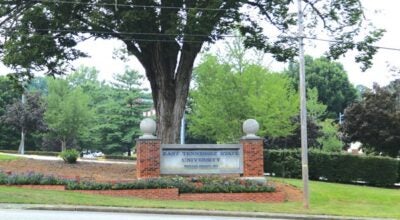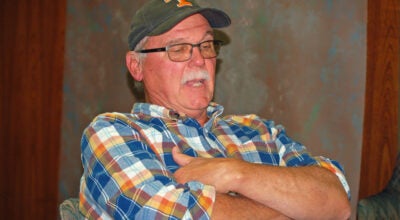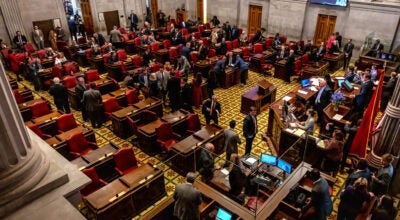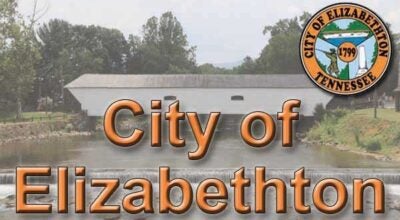‘Black Diamonds’ puts focus on region’s coal-rail heritage
Published 9:09 am Thursday, July 24, 2014
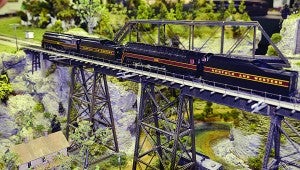
East Tennessee State University’s George L. Carter Railroad Museum will highlight “Big Power and Black Diamonds of Appalachia” at its July Heritage Day this Saturday.
Train lovers will have something to whistle about this coming weekend as East Tennessee State University’s George L. Carter Railroad Museum holds its July Heritage Day on Saturday from 10 a.m.-3 p.m.
The special exhibit, “Big Power and Black Diamonds of Appalachia,” was created with the region’s past and present rail carriers in mind.
“There is a large amount of history associated with how railroading came into the Appalachian region to provide transport for the coal business,” said Geoff Stunkard, coordinator of the museum’s Heritage Days program. “It was vital to the nation’s economy and industrial might, and the terrain that held this mineral required both large amounts of capital and innovative engineering to access and transport.”
The vast coal deposits of the region featured grades of coal suitable for everything from home heating to steel manufacture. Railroad branch lines and even mainlines had to cling to mountainsides and wind along waterways, with long tunnels and soaring bridges to get coal from the mines to the mills or to tidewater ports. New, larger, coal-fueled locomotives were designed to meet those needs.
Notable rail operations in the region, including the Norfolk & Western, Louisville & Nashville, Clinchfield, Southern and Interstate, began with coal as an integral part of their business.
During Heritage Day, a layout will be on display featuring older railroads, a model of a mine and other coal-oriented industries. Some modern equipment may be in operation as well, since coal remains part of today’s operations on the CSX and Norfolk Southern railways.
Members of the Mountain Empire Model Railroaders (MEMRR) club and the George L. Carter Chapter of the National Railway Historical Society are coordinating the program. Visit www.memrr.org to learn more about MEMRR, which helps demonstrate and maintain the model layouts, museum exhibits and other projects.
The Carter Railroad Museum is open every Saturday from 10 a.m.-3 p.m. Admission is free, but donations are welcomed. The museum can be identified by a flashing railroad crossing signal at the back entrance to the Campus Center Building. Visitors should enter ETSU’s campus from State of Franklin Road onto Jack Vest Drive and continue east to 176 Ross Drive, adjacent to the flashing RR crossing sign.
The museum is in the process of creating a scale replica of the Tweetsie line in a 1,300-square-foot display hall. Visitors may view this work-in-progress exhibit.
To learn more about the museum, visit http://johnsonsdepot.com/glcarter/cartermuseum.htm.


